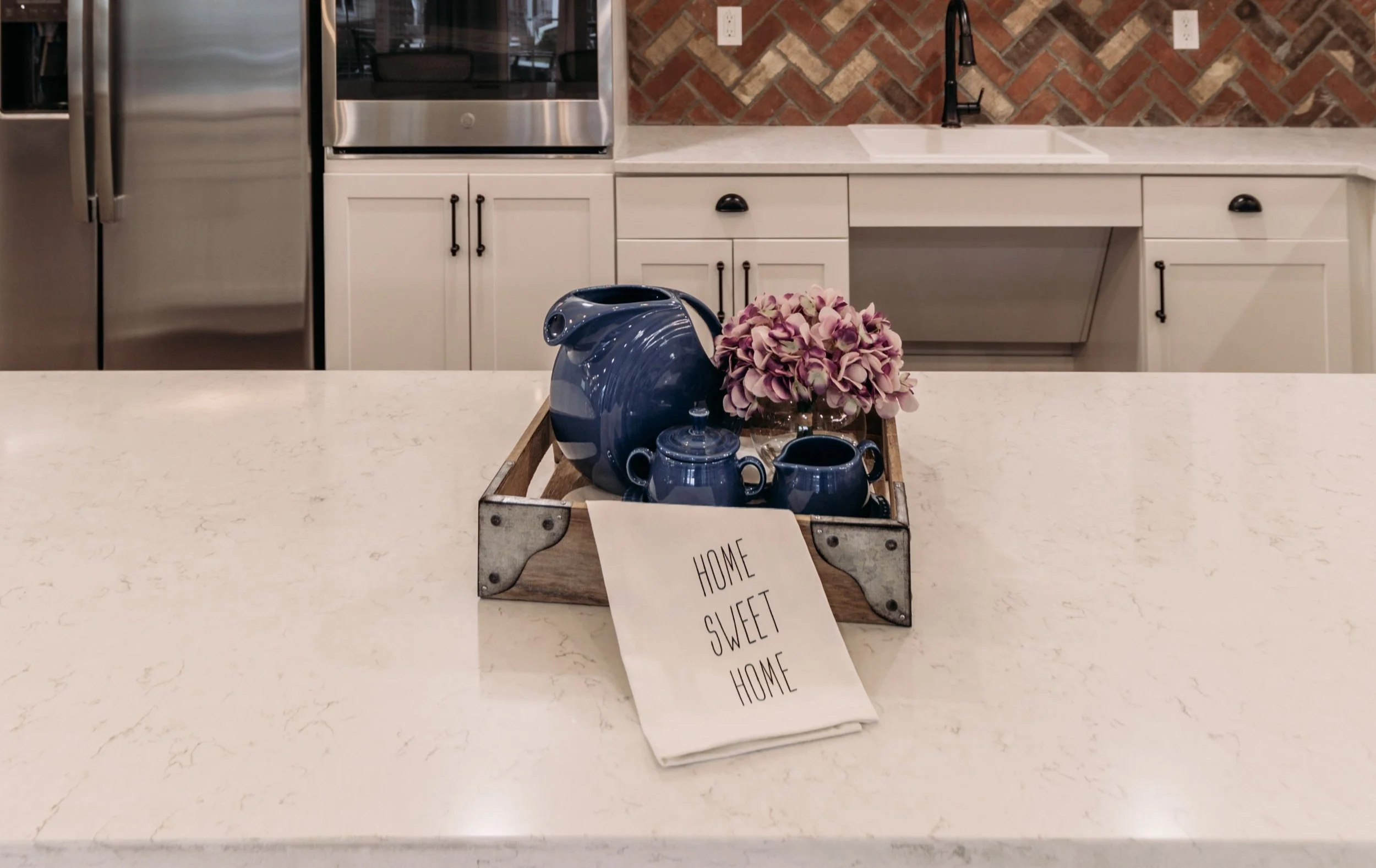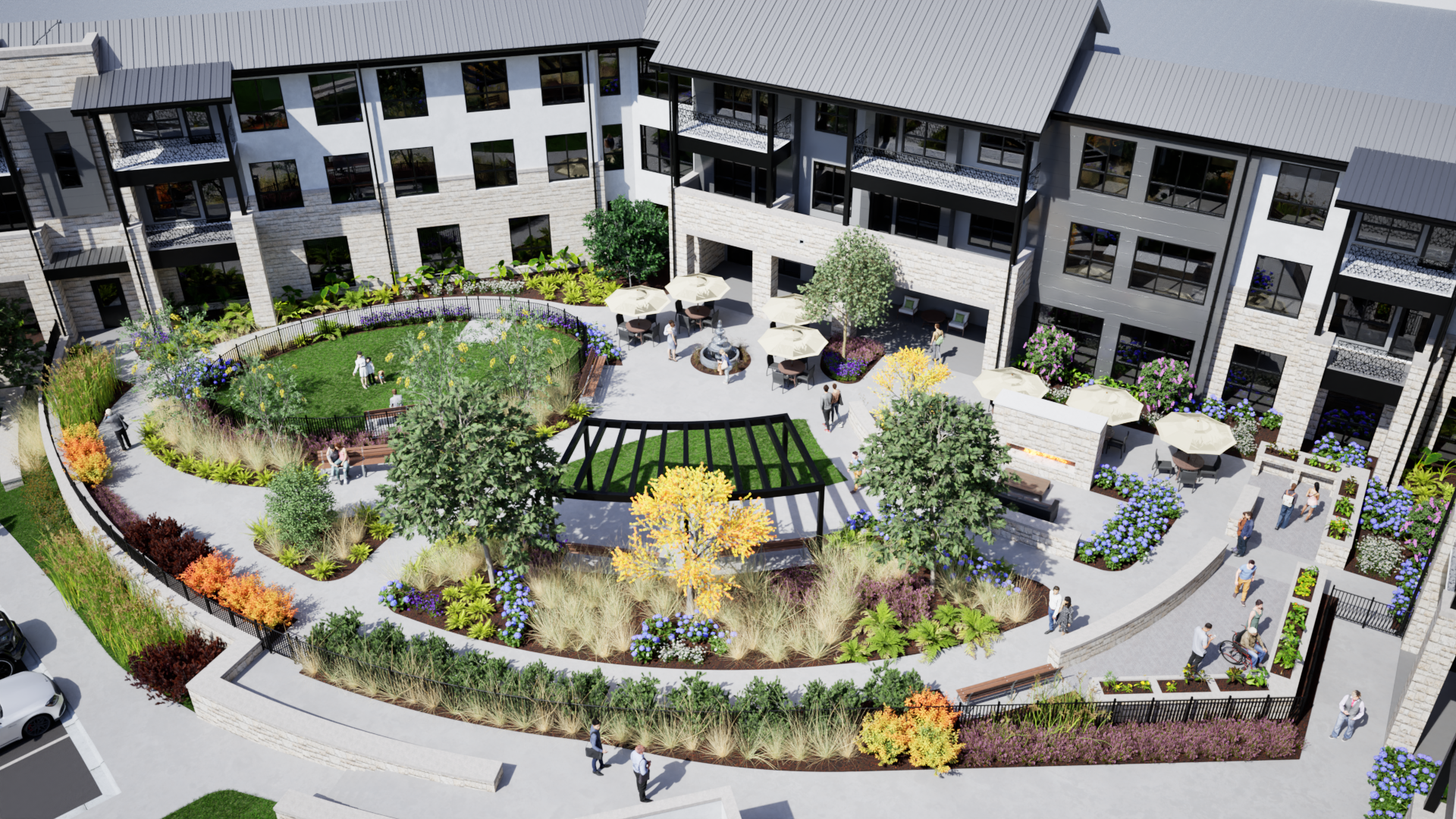Want to Cut Construction Costs But Not Quality? Here’s How.
Balancing costs and quality has always been a priority, but now more than ever. One answer is panelization.
Panelization is a combination of advanced technology, quality materials, and controlled work environments to construct energy-efficient buildings. It also enables a quality building to be constructed faster and more cost-effectively. It generally involves wall panels made in a factory and delivered to the construction site for assembly.
Among the benefits of panelization:
It saves both time and money. Walls can go quicker, so the time necessary for onsite construction is reduced substantially. It also minimizes construction delays caused by inclement weather.
It enhances quality. Because panels are constructed on a flat horizontal platform, carpenters have more control over dimensional accuracy.
Environmentally beneficial. There is less waste with prefabricated walls; and precise construction translates into more energy efficient buildings.
Using advanced framing techniques, including engineering wood products (EWP) in floors, walls, and roofs; prefabricated wall panels; design with roof/floor tresses and floor panels; and pre-cut, ready-to-install framing components, is good for both the environment and your bottom line. While panelization has been around for years, technological advances make it more efficient and cost-effective than ever.
“Panelization offers many advantages from the architect’s perspective,” says Mark Warrick, AIA, Vice President of Pi Architects. “For wood construction, it means straight walls and clean jobsites. Panels are built straight and stay straight. With the rapid speed of installation, drying-in the building happens quickly. That means that the wood members, which can easily warp, twist, and cup when wet, stay dry and plumb.” He adds, “Jobsite cleanup is simple as there is virtually no waste.”
While the use of panelization requires more planning up front, it cuts the construction time, where unplanned expenses often pop up and through projects over budget or schedule. It’s no wonder that panelization is a growing trend. Panelization, componentizing, and prefabrication are applicable for many projects, including senior living communities. It is also notable that panelizing building is recognized in several green building certifications including the ICC (International Code Council) 700 National Green Building Standard. This standard provides a blueprint for the design and construction of new and renovated buildings.
“Panelization is ideal for senior living buildings as construction time is condensed,” says Mark. He adds, “While the contractor is working on site improvements and preparing the foundation, the walls, floor, and roof systems are being assembled in the factory. As soon as the foundation is ready, crews and cranes show up for a speedy installation. In a matter of days, a flat site transforms into what seems to be an instant building. Now early marketing can occur, along with the benefit of development and carrying costs being reduced.”
Contact us here or call us at 512-231-1910 so we may help you design or renovate buildings that are high quality, cost-effective, and energy-efficient.

















